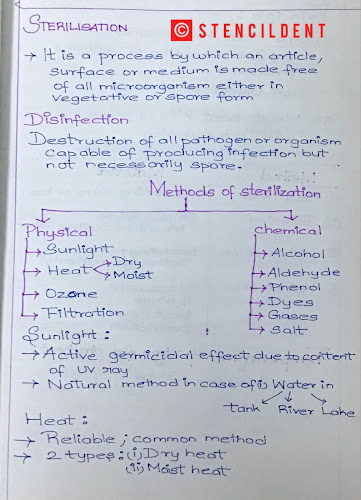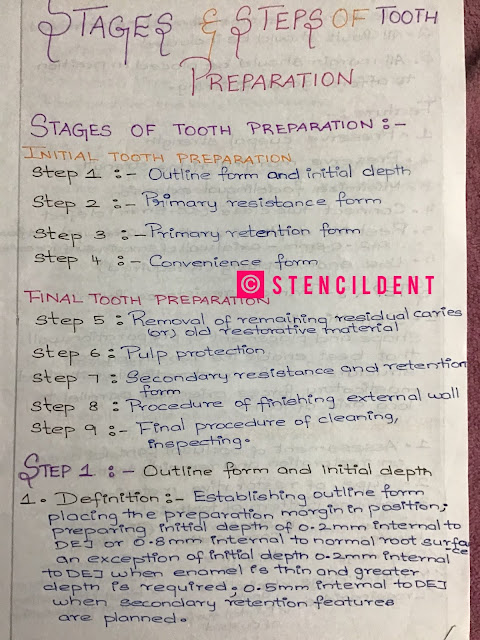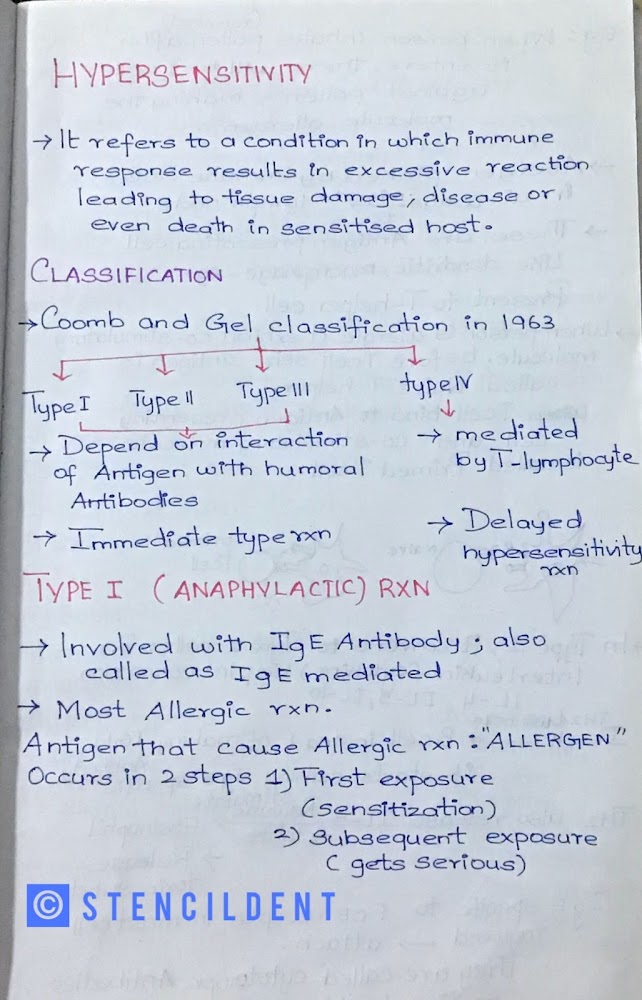CIPROFLOXACIN- Mechanism of action ,pharmacokinetics,uses,adverse effect
CIPROFLOXACIN
- Its a first generation fluoroquinolones anti microbial drug
- Active against gram negative bacilli especially Enterobacteriaceae and Neisseria
- Its highly susceptible to salmonella ,shigella, Enterobacter
- Rapid bactericidal activity activity by digesting DNA
- It has low frequency of resistance
MECHANISM OF ACTION:
- Fluoroquinolone does 2 roles :
- Inhibit topoisomerase in gram positive bacteria ,there by inhibit separation of DNA Strands
- Inhibit DNA Gyrase enzyme in gram negative bacteria ,thereby resealing strands of DNA
Ultimately both block synthesis of bacterial DNA and produce bactericidal effect.
PHARMACOKINETICS:
- ABSORPTION: Oral, Intravenous ,topical
- DISTRIBUTION: Kidney ,lung ,bile
- METABOLISED: Liver
- EXCRETION: Urine
USE:
- Anthrax
- Bacterial diarrhea
- Chancroid
- Conjunctivitis
- Typhoid fever : first choice
- Tuberculosis: component for chemotherapy
- Urinary tract infection : upper urinary tract infection
ADVERSE EFFECTS :
GASTROINTESTINAL TRACT: Nausea,vomiting
CENTRAL NERVOUS SYSTEM :Headache,dizziness,convulsion
SKIN INFECTION :Rashes, urticaria
DRUG INTERACTION :
- Ciprofloxacin increase plasma concentration of theophylline ,warfarin
- Nsaid cause CNS side effect
- Antacid reduce absorption of ciprofloxacin








Comments
Post a Comment